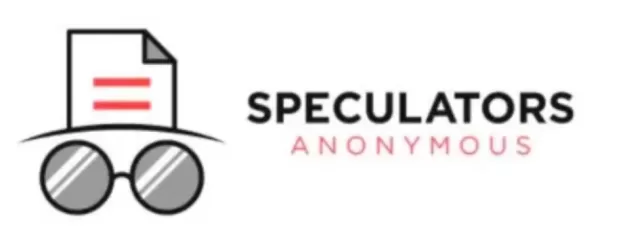Back in mid-August – I wrote an article highlighting the growing fragility in the U.S. funding markets. And that – thanks to the gluttonous U.S. Treasury – a wave of financial tightening was around the corner. (Meaning – the dollar shortage was getting closer).
Then – not even a month later (September 15) – a black-swan suddenly appeared in the overnight repurchase-market. (Aka the ‘September Squeeze’ – when the overnight repo-rate exploded higher as dollar liquidity rapidly dried up).
Thus – the dollar shortage was pushing U.S. money markets into a very fragile position.
And – because of all this – I concluded that I expected the Fed would begin easing aggressively via Quantitative Easing (QE – increasing their balance sheet) sooner than many expected.
Actually – “maybe even as soon as later this year (Q4/2019)…”
So – one month later – where do things stand?
Well – since the ‘September Squeeze’ – the Federal Reserve Bank of New York (the Fed bank in charge of market operations) has been steadily injecting (and increasing) liquidity into the banking system through overnight and term repurchase-agreements (aka repos)
They’ve been doing all this to relieve the dollar shortage in the money markets. (Aka trying to unclog the dollar plumbing issues).
“But – first – what’s caused this dollar shortage?”
Well – I’ve gone over this before – but to give you some context – there’s been two main drivers:
First – back in 2015 – when the Fed believed that the U.S. economy was on solid-footing – they began tightening monetary policy via rate hikes and Quantitative Tightening (QT – sucking dollar reserves out of the banking system).
And because of this – according to the Kansas City Federal Reserve Bank – excess dollar reserves held by the largest U.S. banks (GSIB’s) and foreign banking organizations (FBO’s) dropped by more than $1 trillion from their 2014 peak levels (i.e. roughly a 50% decline). . .

Thus – this decline in reserves meant primary banks had less liquidity (and therefore – became increasingly fragile).
Then – Second – back in July – the U.S. Congress suspended the debt ceiling for the next two-years (until August 2021).
This allowed the U.S. Treasury to aggressively rebuild their cash-balance (and by much more than the market expected).
For instance – the Treasury borrowed roughly $433 billion in the third quarter (up from the estimated $133 billion). And now they’re expected to borrow another $400 billion in the fourth quarter (Oct–Dec 2019).
(Remember: when the U.S. Treasury needs cash – they sell Treasury bonds and bills. Thus – primary banks use their excess dollar reserves to buy those Treasuries. This is how the process drains liquidity from the banking system – i.e. transfers cash from banks to the Treasury).



So – in summary – the Treasury’s huge ‘cash-grabbing’ (with more coming) has happened at a time when banks are really drained (have limited reserves).
Or – putting it another way – there’s too many Treasuries that need to be absorbed at a time when banks have too little spare cash.
This has seriously strained the dollar funding markets (as we’ve seen in the repo-market).
And as Dallas Federal Reserve Bank President – Robert Kaplan – recently said: “The dramatic increase in Treasury issuance takes liquidity out of the system…. That I think is at the top of the list for reasons we need more liquidity…”
So – fast forward to today – and the Fed’s been creating dollars out of thin air – and then lending it to financial firms in exchange for their high-quality assets – such as Treasuries and mortgage bonds.
(Keep in mind – this marks the first time the Fed’s taken such actions since the financial crisis in 2008).
And to put things into perspective – in just one month – the Fed’s already added roughly $200 billion dollars to their balance sheet. . .



This is a significant move by the Fed (it’s basically QE – even though the Fed’s not calling it “QE”).
But – things have only just begun. . .
Because – just a few days ago – the Fed announced that they’ll begin purchasing $60 billion of U.S. Treasury bills (short-term government debt) per month until atleast mid-2020.
(And this is on top of the $20 billion in Treasuries the Fed’s buying since August needed to replace maturing mortgage securities and the $100-plus billion in repurchase agreements. I.e. $75 billion in overnight repurchase agreements + $35 billion in term repurchase agreements two times per week).
All this will send the Fed’s balance sheet to new highs very soon.
And can you believe that Jerome Powell – the Fed Chairman – only a couple months ago said this wasn’t the beginning of an “easing cycle” – but rather just a “mid-cycle adjustment”?
What a complete joke.
Stay tuned.

